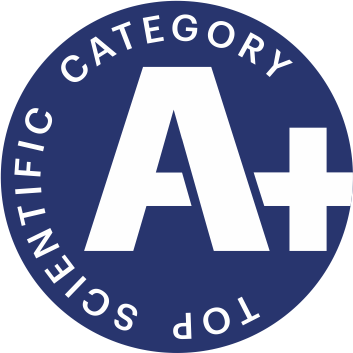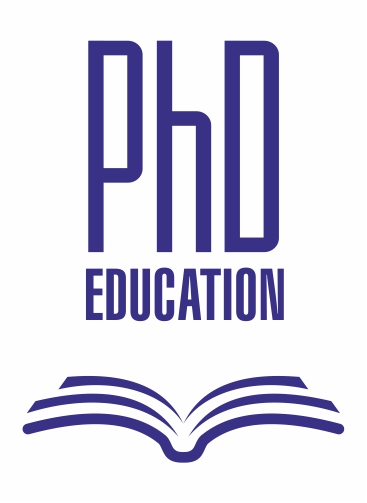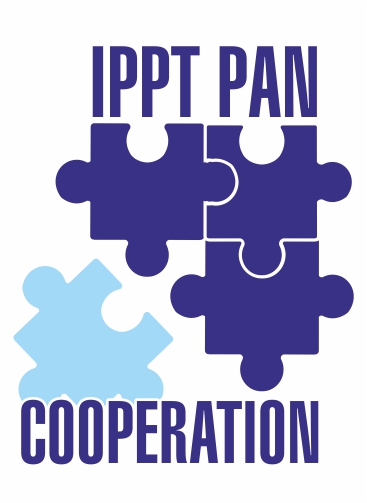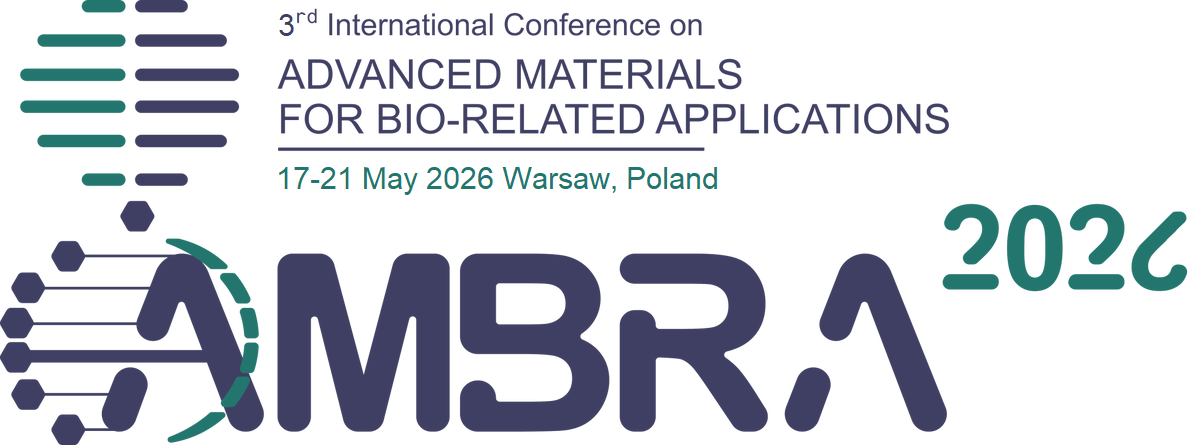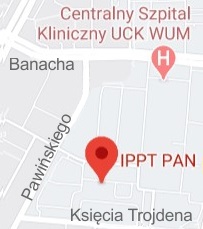| B. Antoszewski |
|
Recent publications
| 1. |
Haponova O.♦, Tarelnyk Viacheslav B.♦, Antoszewski B.♦, Radek N.♦, Tarelnyk Nataliia V.♦, Kurp P.♦, Myslyvchenko Oleksandr M.♦, Hoffman J., Technological Features for Controlling Steel Part Quality Parameters by the Method of Electrospark Alloying Using Carburezer Containing Nitrogen—Carbon Components,
Materials, ISSN: 1996-1944, DOI: 10.3390/ma15176085, Vol.15, No.6085, pp.1-14, 2022 Abstract: Keywords:
| |||||||||||||||||||||||||
| 2. |
Banak R.♦, Mościcki T., Tofil S.♦, Hoffman J., Antoszewski B.♦, Laser Welding of a Spark Plug Electrode: Modelling the Problem of Metals with Disparate Melting Points,
LASERS in ENGINEERING, ISSN: 0898-1507, Vol.38, No.3-6, pp.267-281, 2017 Abstract: Keywords:
|
List of chapters in recent monographs
|
1. |
Banak R.♦, Mościcki T., Tofil S.♦, Antoszewski B.♦, Wybrane Problemy w Mechatronice i Inżynierii Materiałowej, MONOGRAFIE, STUDIA, ROZPRAWY, rozdział: Wpływ parametrów spawania laserowego na właściwości złącza Ni-Pt w świecach zapłonowych w silnikach na biopaliwo, Politechnika Świętokrzyska, Kielce, pp.22-33, 2016 | |
|
2. |
Antoszewski B.♦, Widłaszewski J., Monografie, studia, rozprawy. Inżynieria powierzchni. Wybrane zagadnienia, rozdział: Laserowe teksturowanie powierzchni pierścieni z węglika krzemu, Wydawnictwo Politechniki Świętokrzyskiej, Bogdan Antoszewski (Ed.), M17, pp.60-69, 2011 |
Conference papers
| 1. |
Haponova O., Tarelnyk V.B.♦, Antoszewski B.♦, Tarelnyk N.V.♦, Nanostructure Formation During Electrospark Alloying,
XIV International Conference Electromachining 2023, 2023-10-09/10-11, Bydgoszcz (PL), DOI: 10.1063/5.0203521, No.3130, pp.020013-1-020013-12, 2024 Abstract: Keywords:
| |||||||||||||
| 2. |
Banak R.♦, Mościcki T., Antoszewski B.♦, Wpływ parametrów spawania laserowego na właściwości złącza NI-PT w świecach zapłonowych dla silników na biopaliwo,
IX Konferencja Naukowo-Techniczna TEROTECHNOLOGIA, 2015-10-15/10-16, Kielce (PL), pp.1-8, 2015 Abstract:
|
Conference abstracts
| 1. |
Tarelnyk V.♦, Konoplianchenko I.♦, Haponova O.♦, Radionov O.♦, Antoszewski B.♦, Kundera C.♦, Tarelnyk N.♦, Voloshko T.♦, Bondarev S.♦, Gerasimenko V.♦, Ryasna O.♦, Sarzhanov B.♦, Polyvanyi A.♦, Application of Wear-Resistant Nanostructures Formed by Ion Nitridizing & Electrospark Alloying for Protection of Rolling Bearing Seat Surfaces,
2022 IEEE, 2022 IEEE 12th International Conference Nanomaterials: Applications & Properties (NAP), 2022-09-11/09-16, Kraków (PL), DOI: 10.1109/NAP55339.2022, pp.1-1, 2022 Abstract:
| ||||||||||||||||||||||||||||||||||||||||
| 2. |
Mościcki T., Hoffman J., Antoszewski B.♦, Grabas B.♦, Radziejewska J., Theoretical modelling of laser welding of Ni – Pt spark plug for bio-fuel engine,
INDLAS 2014, 4th International Conference, 2014-05-19/05-23, Bran (RO), pp.58-59, 2014 Abstract:
|


